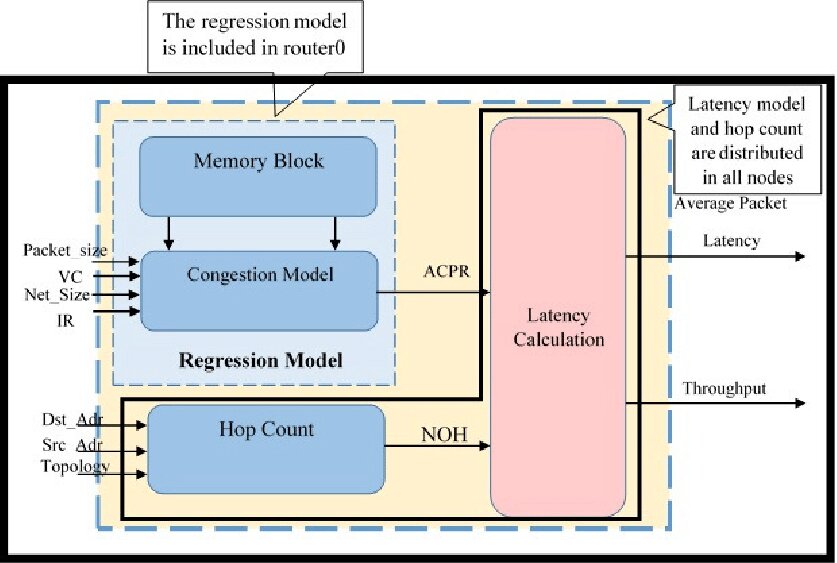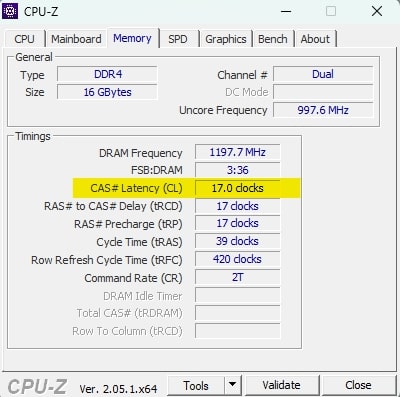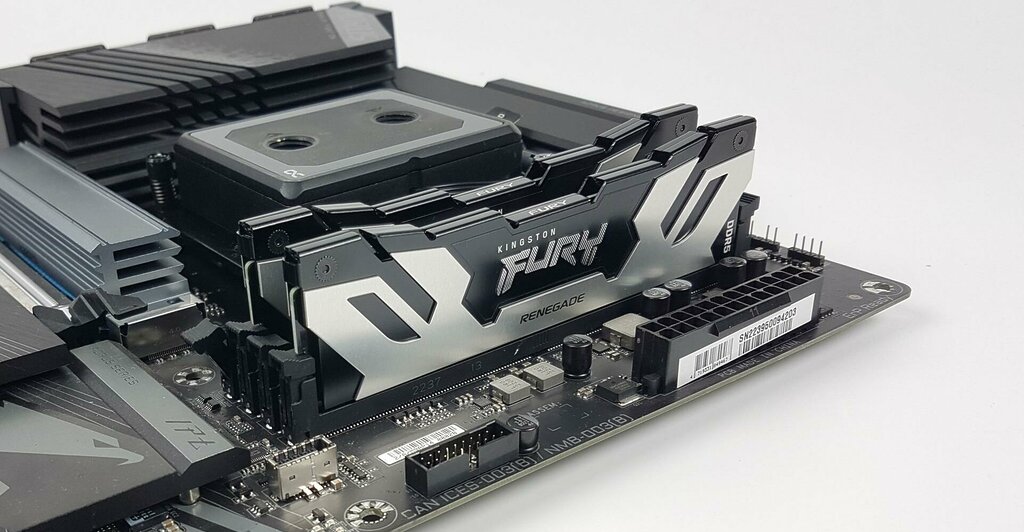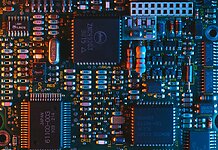Along with frequency, there is another factor that affects a RAM’s performance: RAM timing. Regarding RAM timing, there are different latencies involved, four to be precise; however, Column Address Strobe (CAS) latency is the most common RAM timing parameter. Consequently, it also has the most significant impact on the overall performance of your RAM.
Often abbreviated as CL on RAM modules, we will learn everything there is to know about CAS latency in this guide.
Key Takeaways
- CAS latency refers to the duration it takes for RAM to fulfil a data access request initiated by the CPU.
- You can check CAS latency by installing system information applications and BIOS/UEFI settings.
- Using RAM modules with varying CAS latencies may compromise system stability, performance, and compatibility.
What Is CAS latency?

CAS latency is the time it takes for RAM to make the data available for use requested by the CPU. It is usually expressed in terms of the number of clock cycles, with a lower value indicating faster performance.[1] For example, CL16 indicates that the CAS latency is 16 clock cycles, i.e., it takes 16 clock cycles for the RAM to provide the data requested by the memory controller.
How Does CAS Latency Impact Performance?
A RAM module with a lower CL latency can quickly respond to the memory controller’s request, resulting in faster system performance.[1] However, it’s worth noting that choosing memory modules with lower CL latency may also increase the cost of the RAM modules. It’s also important to consider other factors, such as operating voltage, clock speed, and different timing parameters, which can also affect the overall performance.
How To Check CAS Latency?
Method-1: System Information Tools
While there are several ways of checking the CAS latency of your RAM module, the easier one is just installing some system information application like CPU-Z that will tell you CL latency and other timing parameters (e.g., tRCD, tRP, and tRAS) of your RAM.[2]

Method-2: Entering BIOS/UEFI Settings
Another method is to enter your system’s BIOS/UEFI settings and look for the “Memory” or “DRAM configuration” section, where you can find RAM timings, including CL latency. However, the exact location of these settings may vary depending on the motherboard’s manufacturer, and some systems may not allow editing of RAM parameters.
CAS Latency Vs. RAM Frequency
RAM frequency, also termed RAM clock speed or simply memory speed, is the maximum frequency at which the RAM can operate. It determines how quickly data can be transferred between the memory and the processor.
Higher RAM frequencies mean faster data transfer rates and improved system performance, as the CPU can access data from the RAM more quickly. Whereas CL latency refers to the delay in data retrieval by the memory. Lower CAS latency means less delay in data retrieval and faster performance.[1]
It’s important to note that CAS latency and RAM frequency are interrelated, and changing one can affect the other. Higher RAM frequencies may require higher CAS latency values to maintain stability, while lower CAS latency values may require lower RAM frequencies to prevent data errors.
What Is a Good CAS Latency?

Good CL latency values depend upon the type of RAM. DDR4 RAM modules are generally available with CAS latency values in CL14 to CL18, which are considered good. CL14 is regarded as an excellent CAS latency for DDR4 memory. At the same time, other CAS latencies in the range of CL15 and CL18 are also common in DDR4 RAM modules, providing good performance for most gaming needs. Where lower CL latency RAM modules can provide faster performance, they also cost more.
The CL latencies for DDR5 RAM are generally in the range of CL30 to CL40, with latency between CL30 and CL36 being the go-to choice for most gamers. While at first glance, the DDR5 RAM modules may be slower than the DDR4 modules because of their high latency, this is not the case. DDR5 memory modules may have a higher CL latency than DDR4 but also have greater clock speed than DDR4 modules.[3] The higher clock speed compensates for the high CAS Latency in DDR5 RAM.
Can I Use RAM Modules With Different CAS Latencies On My PC?
While it is technically possible to use RAM modules with different CAS latencies in your motherboard, it is generally not recommended. Mixing RAM modules with different CAS latencies can compromise system stability, performance, and compatibility.[4]
RAM modules operate with synchronization according to their timings. Hence, mixing RAM modules with different CAS latencies can result in timing conflicts that can lead to instability issues such as crashes, freezes, data corruption, or failure to boot.
Apart from that, it is also possible that your system will adjust the different RAM timings to the slowest one. This means that all the RAM modules will operate with the latency of the slowest RAM module, resulting in compromised performance.
More Helpful Resources By Tech4Gamers:
- How To Buy RAM
- How Much RAM Do You Need For Video Editing?
- Does Overclocking RAM Increase FPS? [Explained]
- VRAM: What, Types, & How To Increase It
References:
- eTutorials.org. CAS Latency. Retrieved from https://etutorials.org/Misc/pc+hardware/Chapter+5.+Memory/5.3+CAS+Latency/
- LinuxQuestions.org. Get the information about RAM. Retrieved from https://www.linuxquestions.org/questions/linux-software-2/get-the-information-about-ram-4175603592/
- Universitat Polit`ecnica de Catalunya (UPC). Memory Bandwidth and Latency in HPC: System Requirements and Performance Impact. Retrieved from https://upcommons.upc.edu/bitstream/handle/2117/134613/TMR1de1.pdf
- Linux.org. Some memory RAM compatibility issues. Is this bad? Retrieved from https://www.linux.org/threads/some-memory-ram-compatibility-issue-is-this-bad.47970/
Thank you! Please share your positive feedback. 🔋
How could we improve this post? Please Help us. 😔
[Wiki Editor]
Ali Rashid Khan is an avid gamer, hardware enthusiast, photographer, and devoted litterateur with a period of experience spanning more than 14 years. Sporting a specialization with regards to the latest tech in flagship phones, gaming laptops, and top-of-the-line PCs, Ali is known for consistently presenting the most detailed objective perspective on all types of gaming products, ranging from the Best Motherboards, CPU Coolers, RAM kits, GPUs, and PSUs amongst numerous other peripherals. When he’s not busy writing, you’ll find Ali meddling with mechanical keyboards, indulging in vehicular racing, or professionally competing worldwide with fellow mind-sport athletes in Scrabble at an international level. Currently speaking, Ali has completed his A-Level GCEs with plans to go into either Allopathic Medicine or Business Studies, or who knows, perhaps a full-time dedicated technological journalist.
Get In Touch: alirashid@tech4gamers.com


 Threads
Threads



